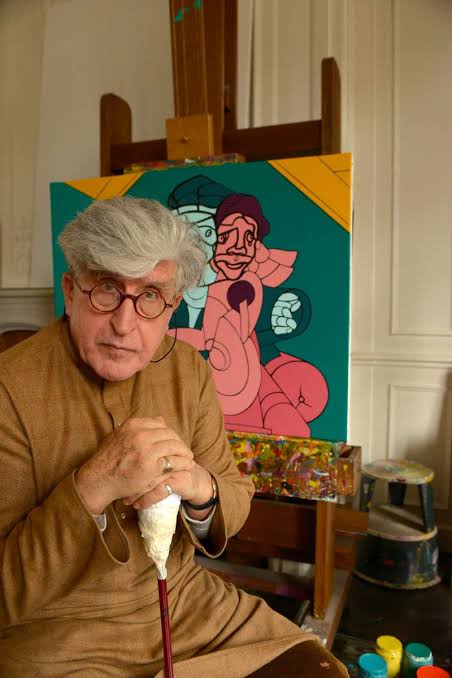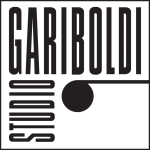Valerio Adami (Bologna, 1935) is an italian artist. Adami spends most of his life in Milan, where his family moved during the war years. In 1952, he stays in Paris, coming into contact with artists such as Roberto Sebastian Matta, who will inspire his style.
In 1955, he holds his first solo exhibition at the Galleria Pater in Milan, receiving notable recognition. In 1958, he wins the San Fedele Prize and spends time in London, where he exhibits his works at the Institute of Contemporary Arts.
In the 1960s, Adami continues to achieve international success: in 1960, he wins the Lissone Prize and participates in the Young Italian Painters exhibition at the Museum of Modern Art in Kamakura, Japan. The following year, he exhibits at the Cambridge Art Association in Boston, further solidifying his fame abroad.
During the second half of the 1960s, numerous international exhibitions of the artist’s work are organized, helping to spread his art worldwide. In 1966, he designs the portrait of Nietzsche, initiating a series of “literary portraits” that will become a distinctive element of his artistic production.
His presence at the Venice Biennale in 1968, with a room dedicated to his paintings, further consolidates his status in the international art scene. In the following years, Adami continues to exhibit in major art institutions around the world, from the Schwarz and Marconi galleries in Milan to the Centre Georges Pompidou in Paris.
During the 1970s, he establishes himself as one of the leading exponents of Nouvelle Figuration, with a unique painting style characterized by saturated and “abundant” colors. His paintings are perceptive interpretations rather than simple visual references and deal with themes such as literature, travel, and personal and collective memory. His work also attracts the attention of important aesthetes such as Jacques Derrida, Gilles Deleuze, and Jean-François Lyotard.
In the late 1970s, he begins to focus on monumental works, such as stained glass windows and paintings for major institutions (including paintings for the First National City Bank in Madison, stained glass windows for Vitry sur Seine-1985, and works for the Théâtre du Châtelet in Paris-1989). Towards the end of his career, he dedicates himself to the creation of a drawing foundation in Meina, Italy.

© Morra arte studio


